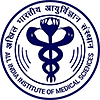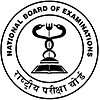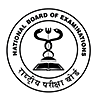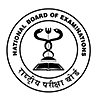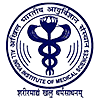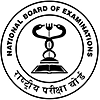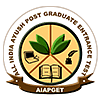MD Homoeopathy Syllabus and Subjects
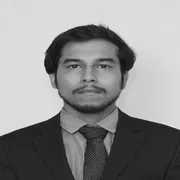
MD Homoeopathy syllabus is a three-year-long postgraduate course that works with a system of complementary medicine in which ailments are treated by minute doses of natural substances that in larger amounts would produce symptoms of the ailment. There are both core and elective topics in the MD Homoeopathy subjects lists.
Semester Wise MD Homoeopathy Syllabus
MD Homoeopathy semester wise syllabus contains both core and elective subjects. MD Homoeopathy course aims to ensure that the students have access to all the information they need to complete the course. There are three years in the curriculum divided into six semesters.
The semester wise syllabus for the course is given below:
|
Semester I |
Semester II |
|
Anatomy- Applied & Clinical Aspects |
Pathology (Structural Alterations in Disease) |
|
Physiology – Applied & Clinical |
Patho- Physiology (Functional Alterations in Disease) |
|
Biochemistry & Biophysics |
Bacteriology & Virology |
|
Psychology – Applied |
Parasitology |
|
Integration of the above-mentioned subjects |
Abnormal Psychology |
|
Semester III |
Semester IV |
|
History of Medicine, Logic & Philosophy |
The Man in Health (Holistic Concept) |
|
Research Methodology & Statistics |
The Man in Disease |
|
Clinical Investigation |
Miasmatic Correlations & Understanding of Susceptibility |
|
History of Medicine, Scientific Methodology including Research Methodology & Statistics |
|
Semester V |
Semester VI |
|
Organon of Medicine with Homoeopathic Philosophy |
Psychiatry |
|
The practice of Homoeopathy in Medicine, Surgery & Obs/Gyn |
Training & Placements |
MD Homoeopathy Subjects
MD Homoeopathy subjects are designed to give the aspirants an in-depth and clear understanding of the topics and specialisations. Core subjects emphasize foundation topics. Elective subjects are optional subjects that make the curriculum more diverse and flexible.
MD Homoeopathy Core Subjects
Listed below are the MD Homoeopathy subjects that are core in the curriculum and the student's study:
- Research Methodology & Statistics
- The Man in Disease (Holistic Concept)
- History of Medicine, Scientific Methodology including Research Methodology & Statistics
MD Homoeopathy Course Structure
Each student admitted to the MD Homoeopathy programme must serve a year of mandatory housework. During this time, he must attend college for OPD and IPD and examine various types of patients in OPD and IPD. Each student is required to provide clinical training to U.G students as well as interns. These practices are part of the course structure.
The course structure is given below:
- VI Semesters
- Postgraduate Course
- Internship
- Core Subjects
- Elective Subjects
- Research Project
MD Homoeopathy Teaching Methodology and Techniques
MD Homoeopathy subjects focus on in-service training rather than lectures, including elements such as conferences, GDs, seminars, clinical meetings and journal clubs and also requires the submission of a written thesis or dissertation with detailed commentary on the area of specialisation.
Listed below are the teaching methodology and strategies in general:
- Lectures
- Practical Sessions
- Research Papers
- Seminars
- Group Discussions
- Internships
MD Homoeopathy Projects
MD Homoeopathy curriculum has research projects as part of the learning. These research projects help the students learn about their specialisations in greater depth and detail. Some of the popular project topics for MD Homoeopathy undertaken by the students are mentioned below:
- Specific diseases and study of Shat Kriya Kala. Establishing a correlation in the clinical, pathological and biochemical and immunological and molecular markers
- Analyses of drug and drug interaction between ayurvedic drugs and allopathic drugs
MD Homoeopathy Reference Books
When pursuing the course, investing in reference books is an important step for the students. Reference books can help the students learn about the topics better and can overall help with their learning process. Listed below are some of the popular MD Homoeopathy books PDFs that the students can invest in:
|
Name of Book |
Author |
|
History of Indian Medicine (1-3 parts) |
Dr. Girindra Nath Mukhopadhyaya |
|
Indian Medicine in the classical age Acharya |
Priyavrata Sharma |
|
Ayurvedic Human Anatomy |
Prof. Dr. Giridhar M. Kanthi |
